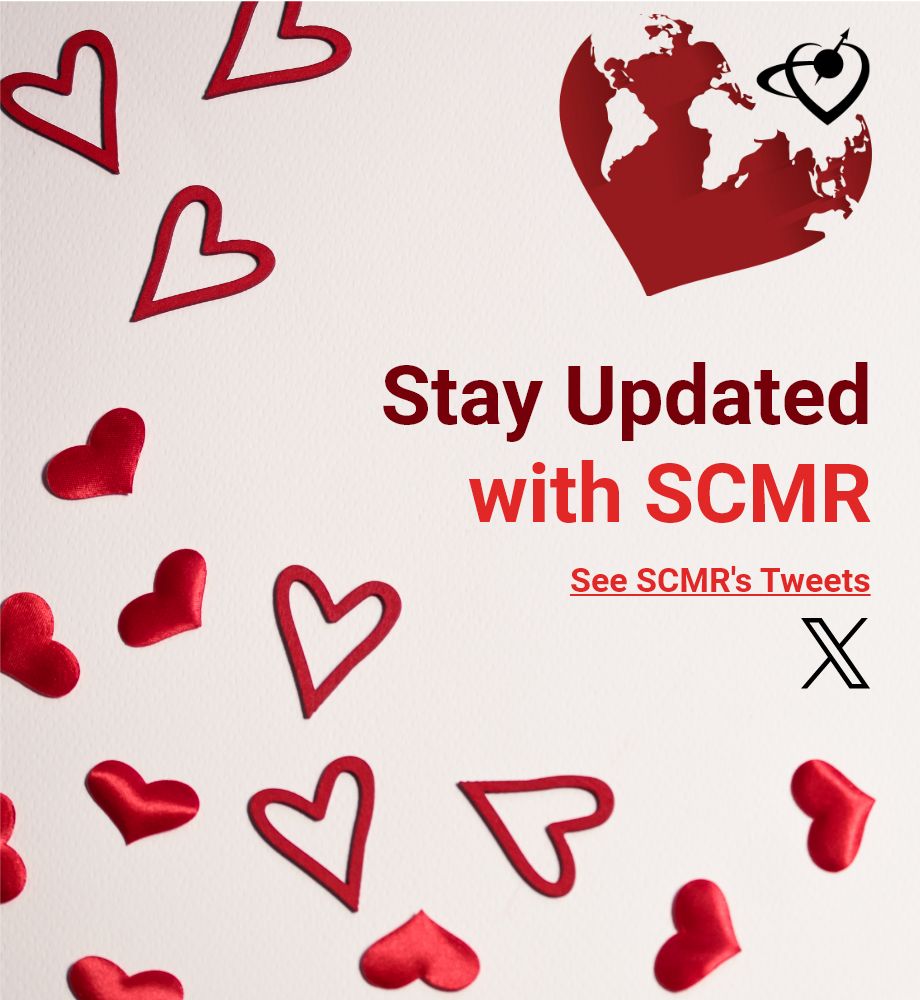Background A previously under-recognized subset of hypertrophic cardiomyopathy (HCM) patients with left ventricular (LV) apical aneurysms is being identified with increasing frequency. However, risks associated with this subgroup are unknown.
Objectives The authors aimed to clarify clinical course and prognosis of a large cohort of HCM patients with LV apical aneurysms over long-term follow-up.
Methods The authors retrospectively analyzed 1,940 consecutive HCM patients at 2 centers, 93 of which (4.8%) were identified with LV apical aneurysms; mean age was 56 ± 13 years, and 69% were male.
Results Over 4.4 ± 3.2 years, 3 of the 93 patients with LV apical aneurysms (3%) died suddenly or of heart failure, but 22 (24%) survived with contemporary treatment interventions: 18 experienced appropriate implantable cardioverter-defibrillator discharges, 2 underwent heart transplants, and 2 were resuscitated after cardiac arrest. The sudden death event rate was 4.7%/year. Notably, recurrent monomorphic ventricular tachycardia requiring ≥2 implantable cardioverter-defibrillator shocks occurred in 13 patients, including 6 who underwent successful radiofrequency ablation of the arrhythmic focus without ventricular tachycardia recurrence. Five non-anticoagulated patients experienced nonfatal thromboembolic events (1.1%/year), whereas 13 with apical clots and anticoagulation did not incur embolic events. There was no consistent relationship between aneurysm size and adverse HCM-related events. Rate of HCM-related deaths combined with life-saving aborted disease-related events was 6.4%/year, 3-fold greater than the 2.0%/year event rate in 1,847 HCM patients without aneurysms (p < 0.001).
Conclusions HCM patients with LV apical aneurysms are at high risk for arrhythmic sudden death and thromboembolic events. Identification of this phenotype expands risk stratification and can lead to effective treatment interventions for potentially life-threatening complications.







